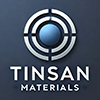Showing 97–108 of 672 results
-
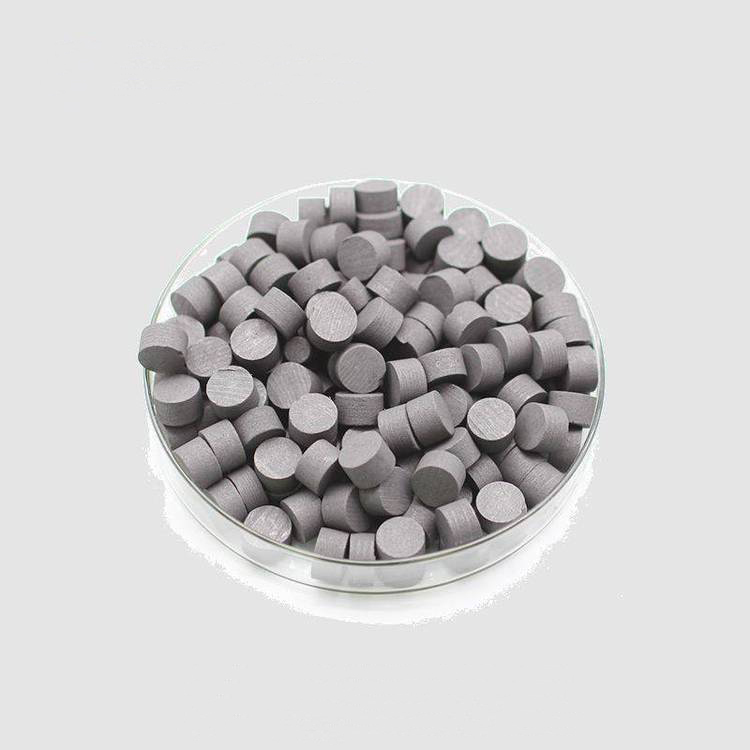
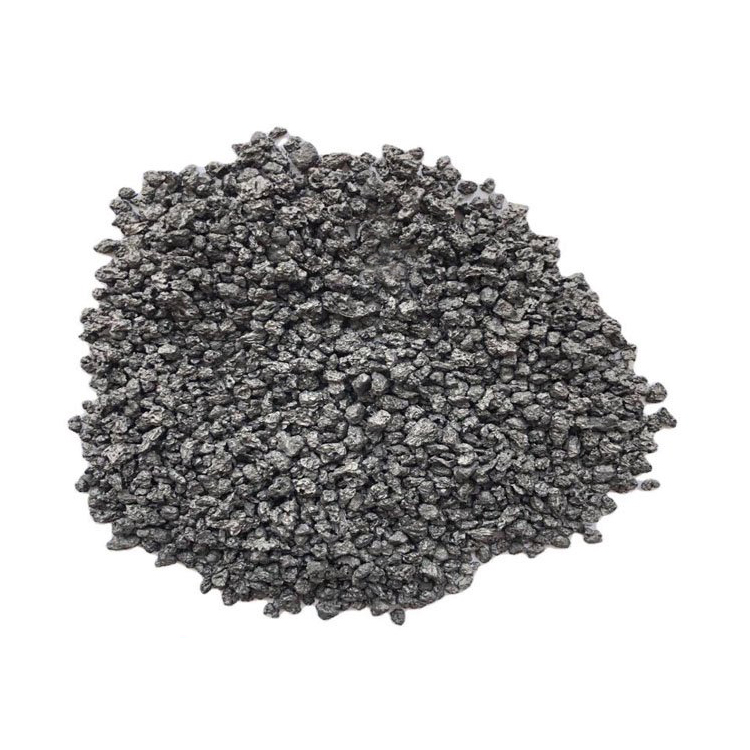
$1.00 – $210.00
- High Hardness: Carbon, especially in its diamond-like form, is extremely hard and wear-resistant, making it suitable for protective coatings.
- High Melting Point: Sublimation point of carbon is around 3,650°C, allowing its use in high-temperature deposition processes.
- Good Electrical Conductivity: Carbon is conductive, making it suitable for electronic applications.
- Chemically Inert: Carbon’s chemical stability ensures it remains durable in corrosive environments, enhancing the lifespan of coated materials.
- Low Coefficient of Friction: Diamond-like carbon (DLC) films offer excellent lubricity and are used to reduce wear in mechanical systems.
-
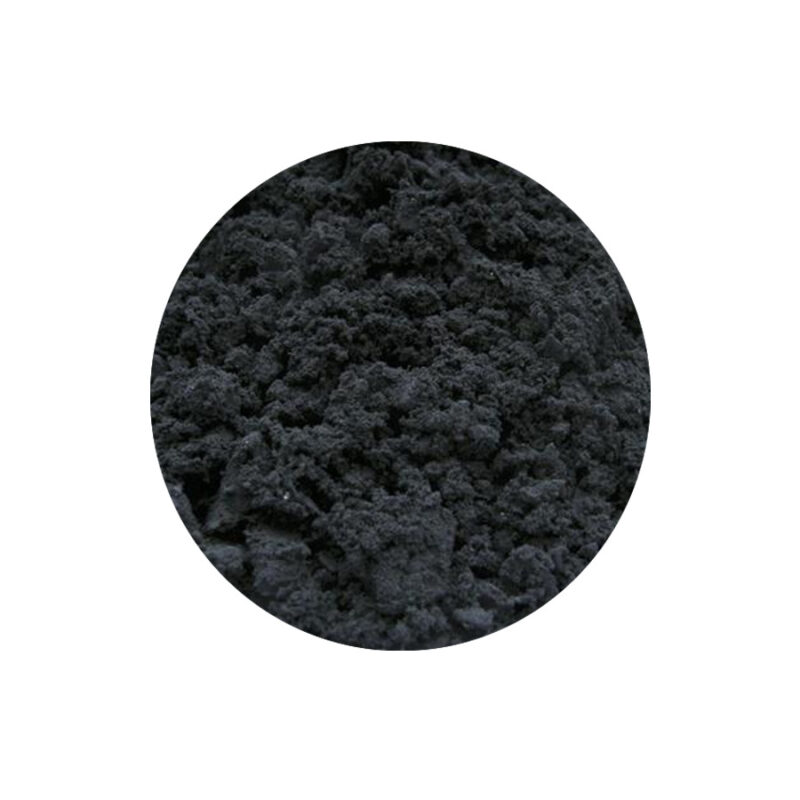
- High Electrical Conductivity: Especially in the form of graphite, carbon powder is widely used in applications requiring good electrical conduction.
- Thermal Stability: Carbon is highly resistant to heat and can withstand extreme temperatures, making it ideal for refractory and high-temperature applications.
- Lubrication: Graphite powder acts as a dry lubricant, reducing wear and friction between moving parts under high temperature conditions.
- Chemical Inertness: Carbon is resistant to many chemicals, which makes it suitable for use in harsh environments where it will not react or degrade easily.
- Adsorption: Activated carbon has exceptional adsorption capabilities, making it effective in filtration and environmental clean-up applications.
- Reinforcement: Carbon black provides strength and durability when added to materials such as rubber and plastics.
-
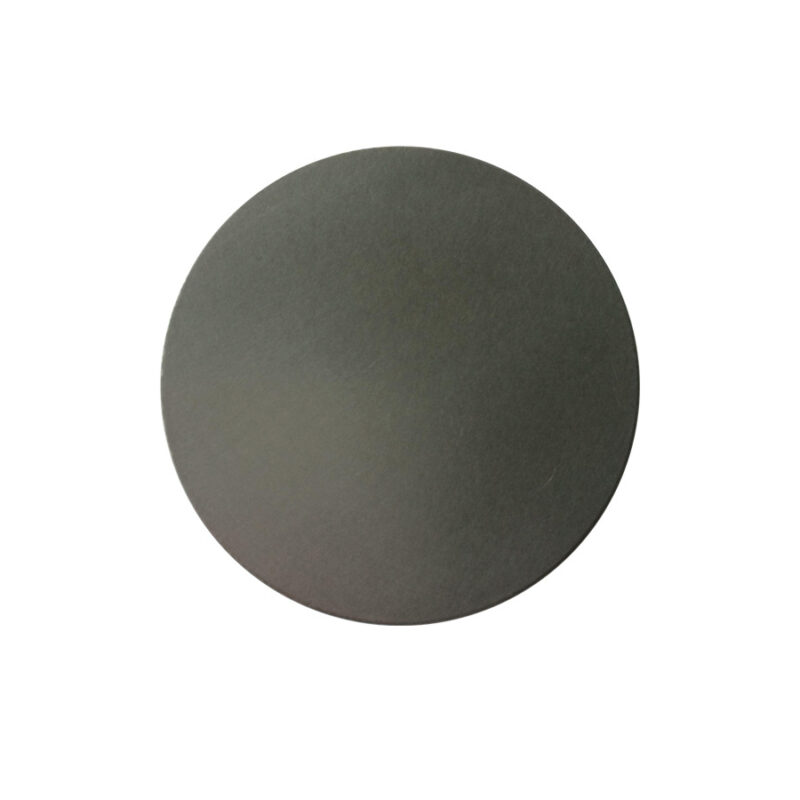
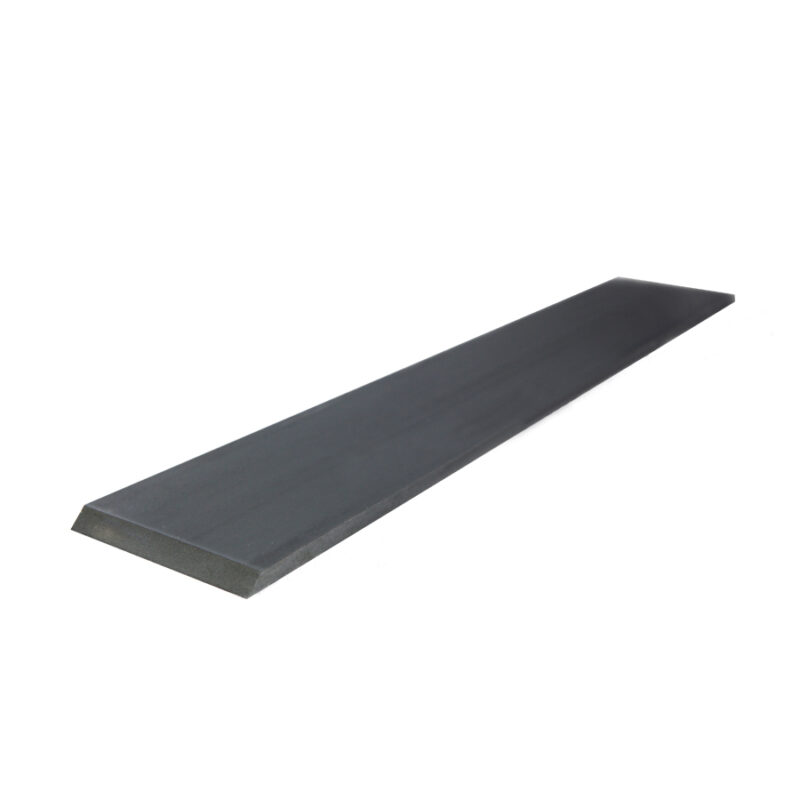
- Purity: Graphite sputtering targets are available in high purity (typically 99.9% or higher) to ensure optimal film quality, especially in semiconductor and energy storage applications.
- High Conductivity: Graphite offers excellent electrical conductivity, making it suitable for thin films in electronic components.
- Thermal Stability: Graphite can withstand high temperatures, making it ideal for applications in high-heat environments.
- Chemical Resistance: Graphite is resistant to many chemicals, enabling its use in corrosive environments and protective coatings.
- Customizable Size and Shape: Available in various forms, such as discs, plates, and custom shapes to fit specific deposition systems.
-
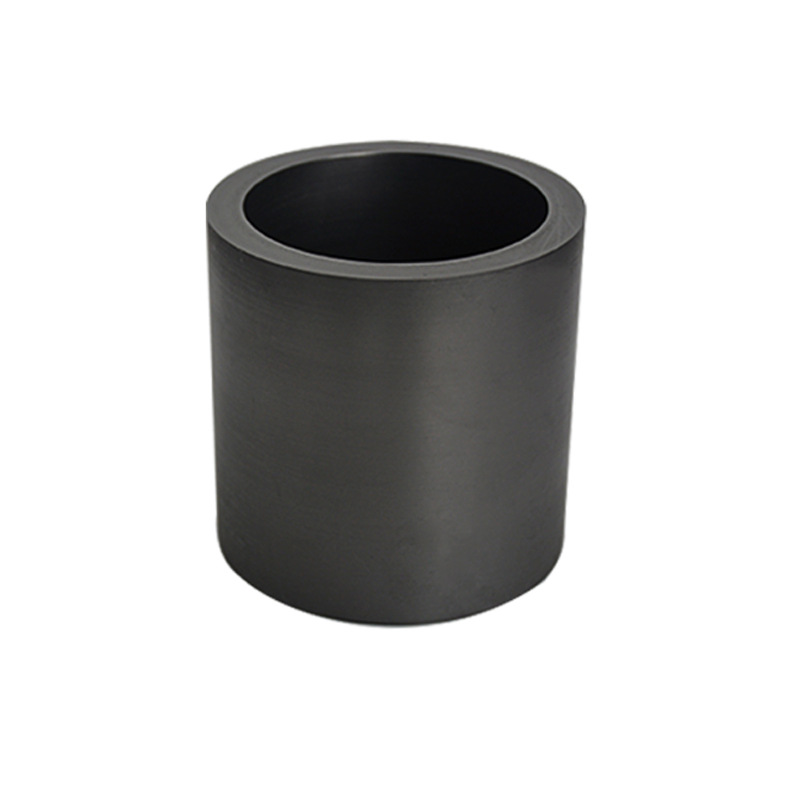
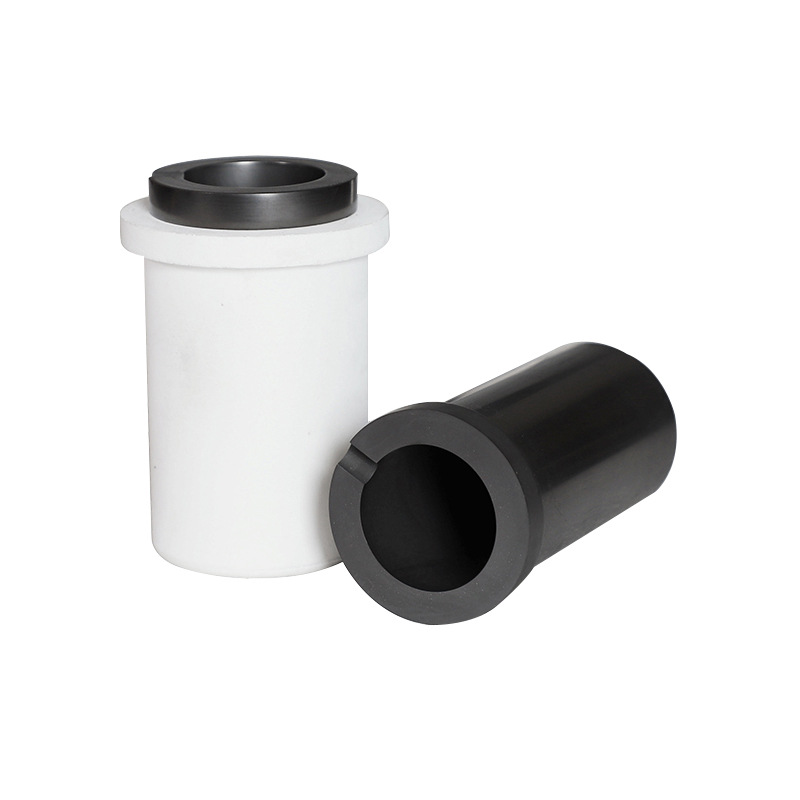
- Outstanding thermal and chemical stability at high temperatures
- Excellent thermal conductivity for uniform heating
- Resistant to thermal shock and capable of rapid temperature changes
- Low reactivity and non-wetting with most metals, minimizing contamination
- Available in a range of shapes and sizes to accommodate various industrial needs
-
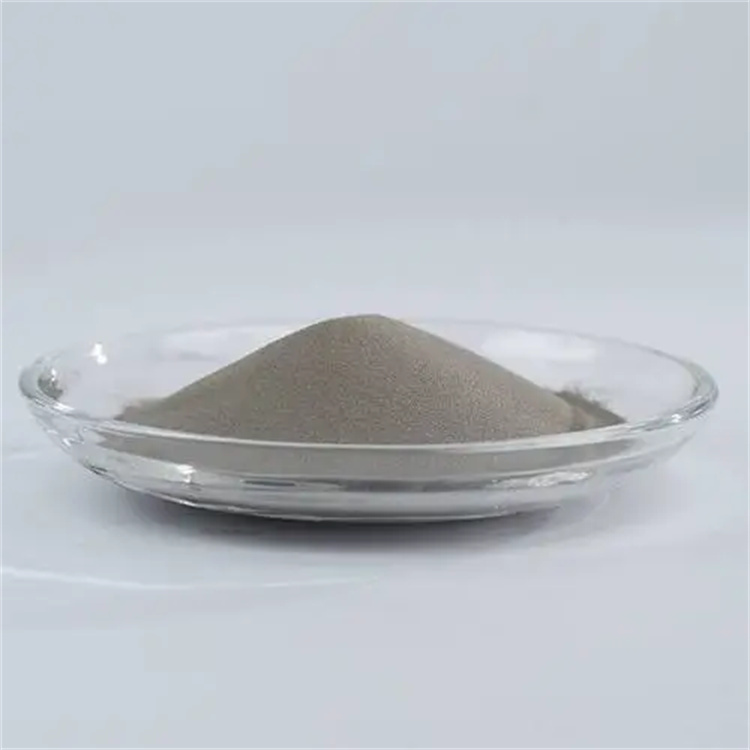
- Exceptional Corrosion Resistance: Resistant to pitting, crevice corrosion, and stress corrosion cracking in aggressive environments.
- High Strength: Maintains mechanical integrity under high stress and temperature conditions.
- Weldability: Excellent compatibility with various welding methods, including TIG, MIG, and laser welding.
- Versatility: Suitable for additive manufacturing, powder metallurgy, and thermal spray coating applications.
- Thermal Stability: Performs reliably across a wide range of temperatures without compromising material properties.
-
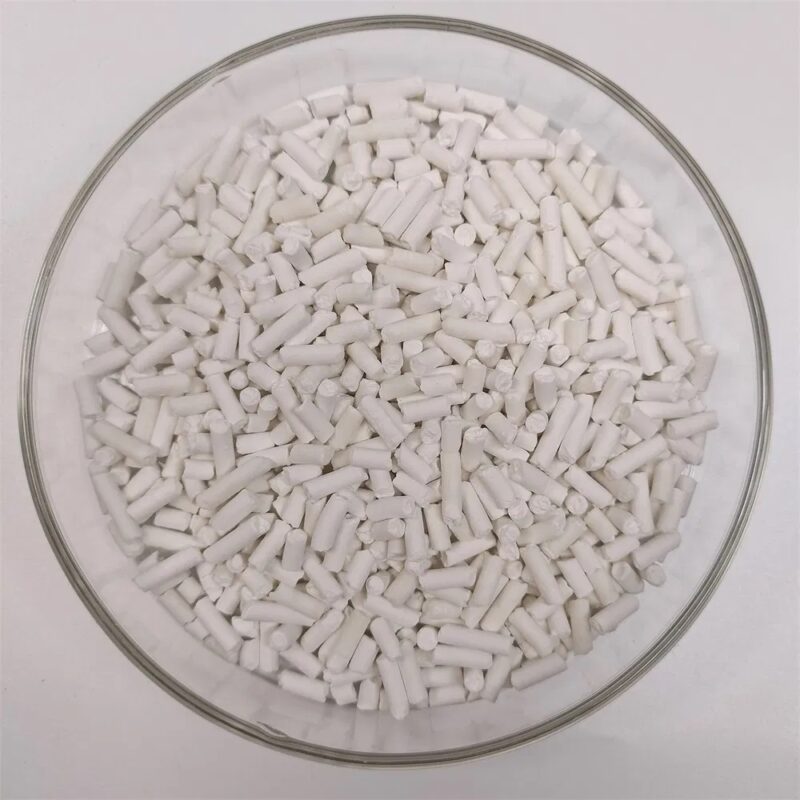
- High Reactivity: Calcium easily reacts with oxygen and nitrogen, making it ideal for certain oxidation-controlled processes.
- High Purity: Available in high-purity forms (≥ 99.9%), ensuring minimal impurities in thin film coatings.
- Good Evaporation Characteristics: Calcium has a relatively low evaporation temperature (842°C), allowing efficient deposition in vacuum environments.
- Versatile Applications: Calcium can be used for coatings that require lightweight, high-performance films in various high-tech applications.
-
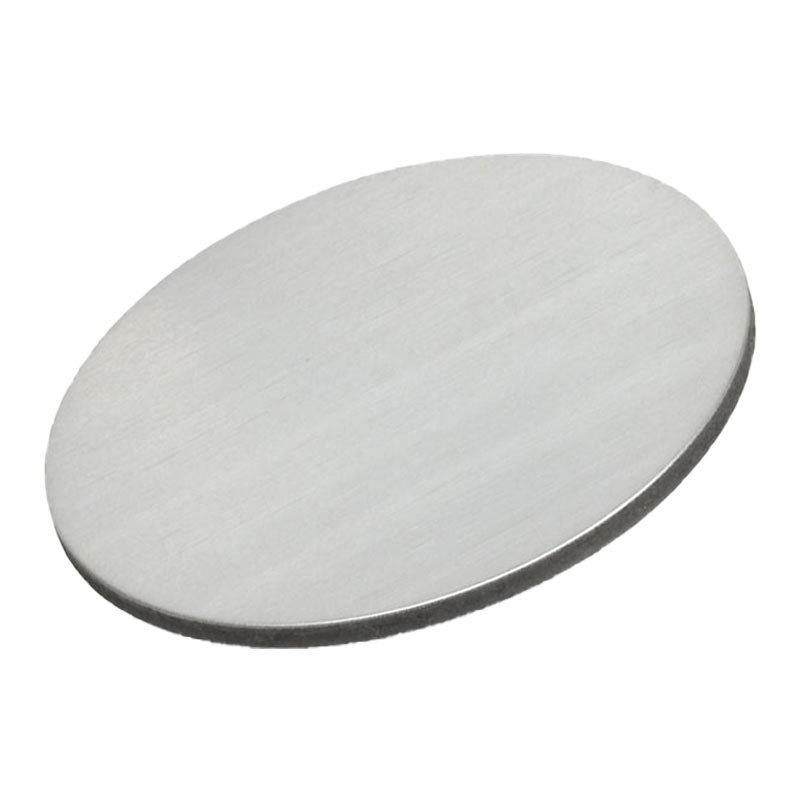
Calcium (Ca) sputtering targets are high-purity materials used in physical vapor deposition (PVD) processes, specifically sputtering, to create thin films of calcium on various substrates. These targets are essential in various advanced technologies, including electronics, optics, and materials science, due to calcium’s unique properties.
-
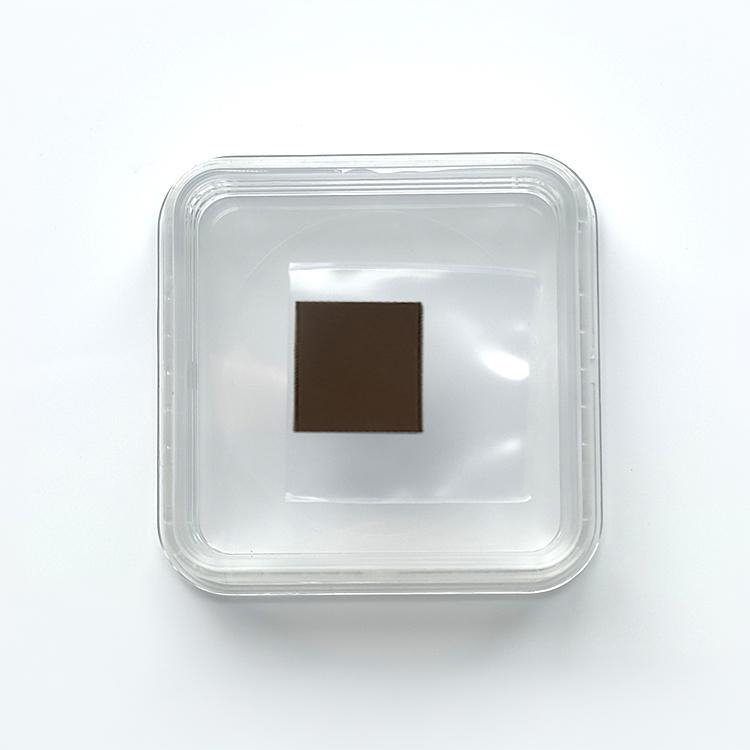
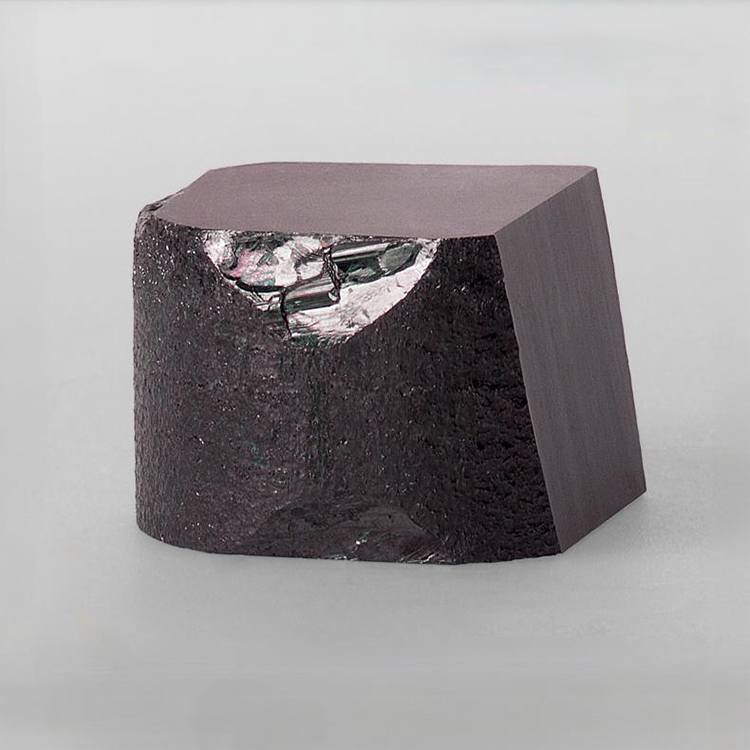
- Direct Bandgap Semiconductor: Efficient absorption and emission of light; excellent for photovoltaic and photonic applications.
- High Optical Absorption: Especially in the visible spectrum.
- Strong Nonlinear Optical Effects: Useful for laser frequency conversion and optical modulation.
- Broad Transmission Range: From visible to near-infrared (0.7–3 μm).
- Low Defect Density: Ensures better carrier mobility and device performance.
- Good Chemical Stability: Under controlled conditions, suitable for device encapsulation.
- High Quantum Efficiency: Critical for optoelectronic device performance.
- High Dielectric Constant: Beneficial for high-frequency electronic applications.
-
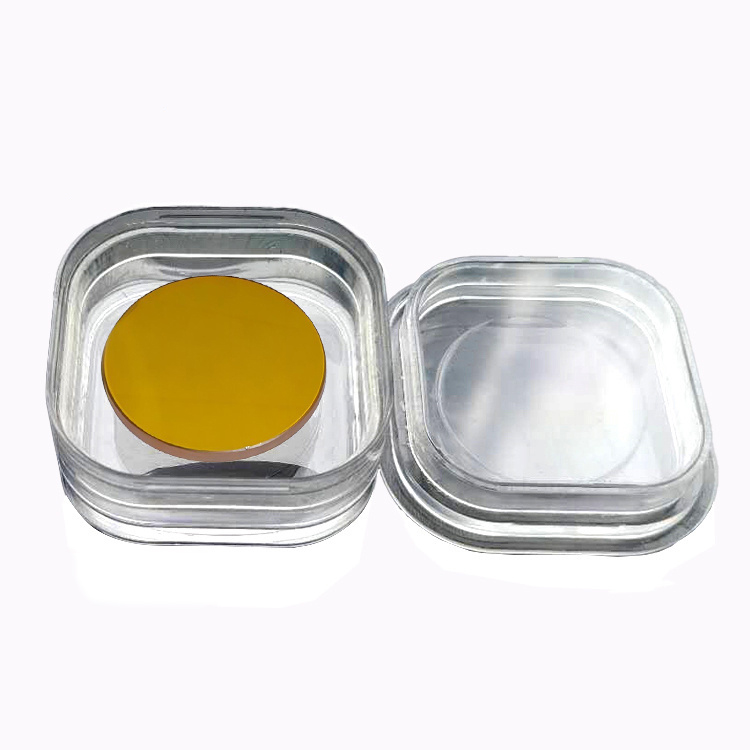

- Wide Direct Bandgap: ~2.42 eV at room temperature, ideal for visible light applications.
- High Optical Transparency: Strong transmission from UV to visible spectral range.
- Excellent Epitaxial Compatibility: Ideal lattice matching with other II-VI semiconductor materials.
- Good Electrical Properties: Suitable for device applications in photodetection and photovoltaic fields.
- High Crystallinity: Available with low defect densities and precise orientation control.
-
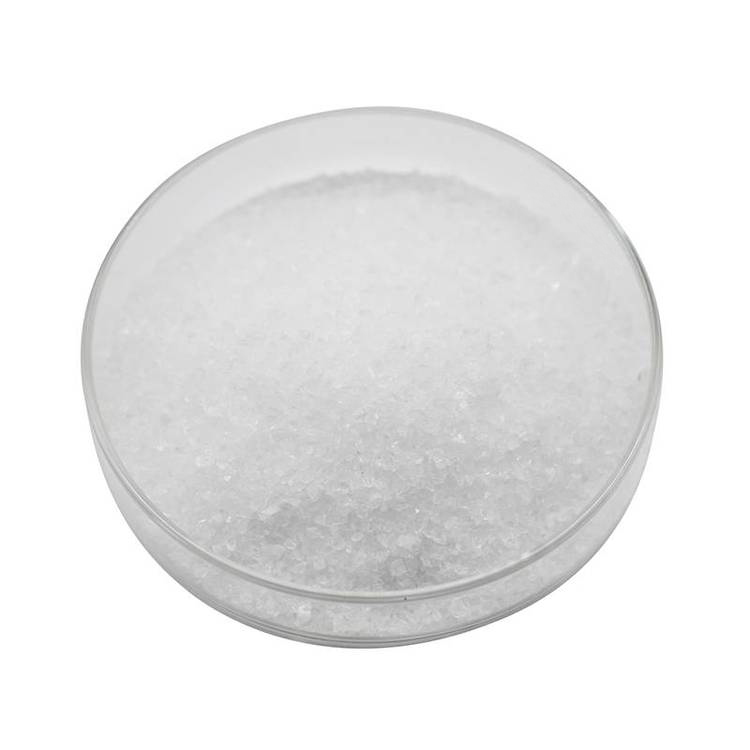
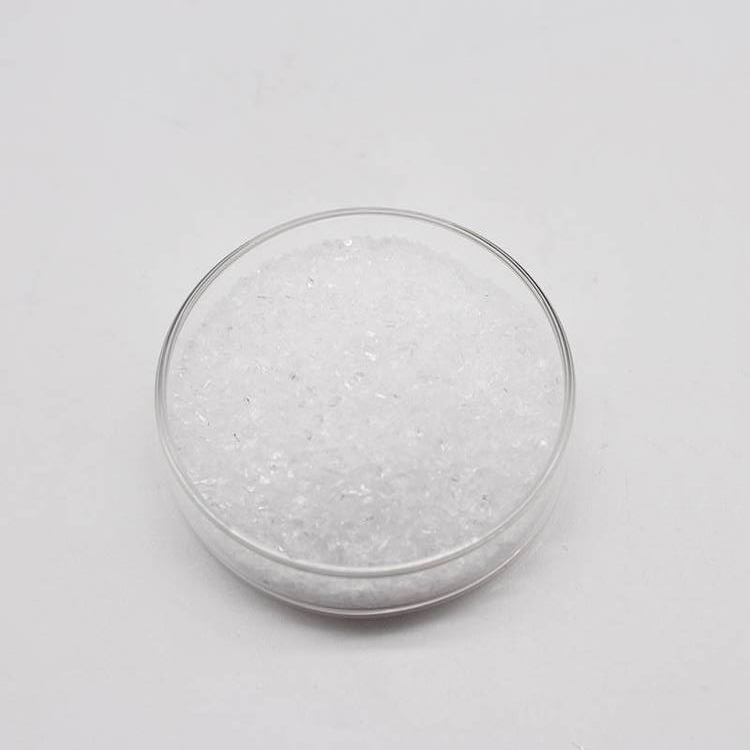
- Broad Transparency Range: CaF₂ has excellent transmission from the UV (below 200 nm) to the IR (~10 µm) range, which makes it ideal for a wide variety of optical applications.
- Low Refractive Index: The material has a relatively low refractive index (~1.43), which minimizes Fresnel reflection losses and is useful in anti-reflective coatings.
- High Thermal Stability: CaF₂ can withstand high temperatures during evaporation, ensuring the stability of the material during thin-film deposition processes.
- Chemical Resistance: Calcium fluoride is chemically inert, offering durability and resistance to environmental degradation.
- Low Absorption: Its low absorption makes it suitable for high-power laser applications, especially in the UV region.
-

- High Optical Transparency: Transparent in the UV to IR spectrum, ideal for optical applications.
- Low Absorption: Minimal light absorption, ensuring high-quality performance in various optical devices.
- Durability: Resistant to chemical attack and radiation, making it suitable for harsh environments.
- High Purity: ≥99.9% purity for consistent performance in high-precision applications.
- Excellent Thermal Stability: Retains properties even under high temperatures.
- Customizable Particle Size: Available in various particle sizes to meet the specific needs of customers.
-
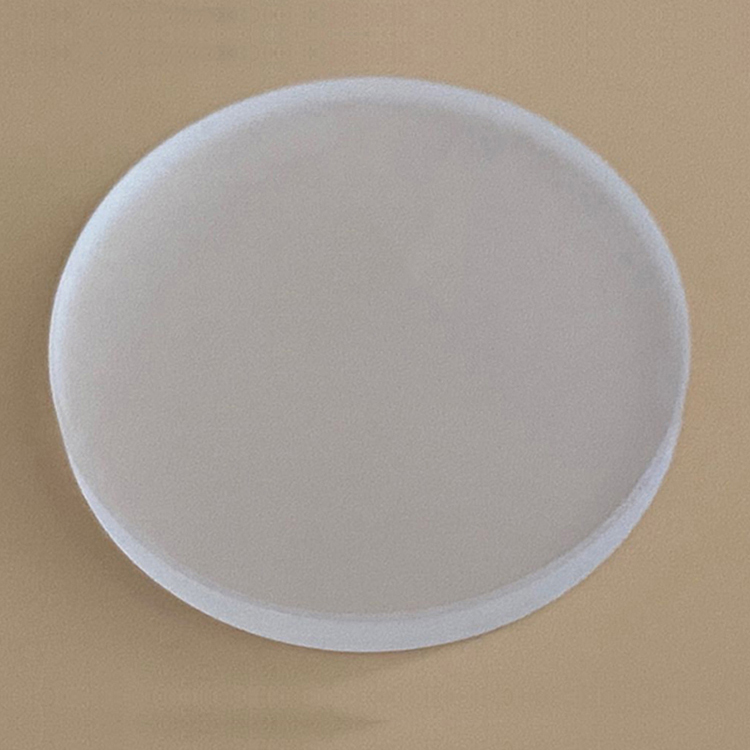
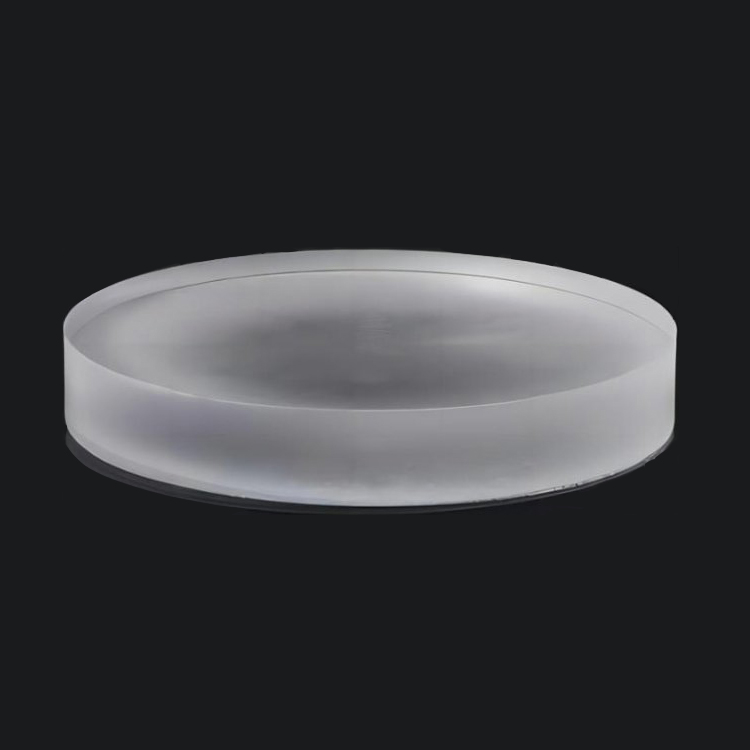
- Wide Optical Transparency: Effective from UV to IR spectra (0.13–11 μm).
- High Chemical Stability: Resistant to moisture and chemical degradation.
- Low Refractive Index: Reduces the need for complex multilayer coatings.
- Thermal Stability: Suitable for high-temperature thin-film deposition.
- High Purity: Ensures uniform film quality and minimizes defects.
